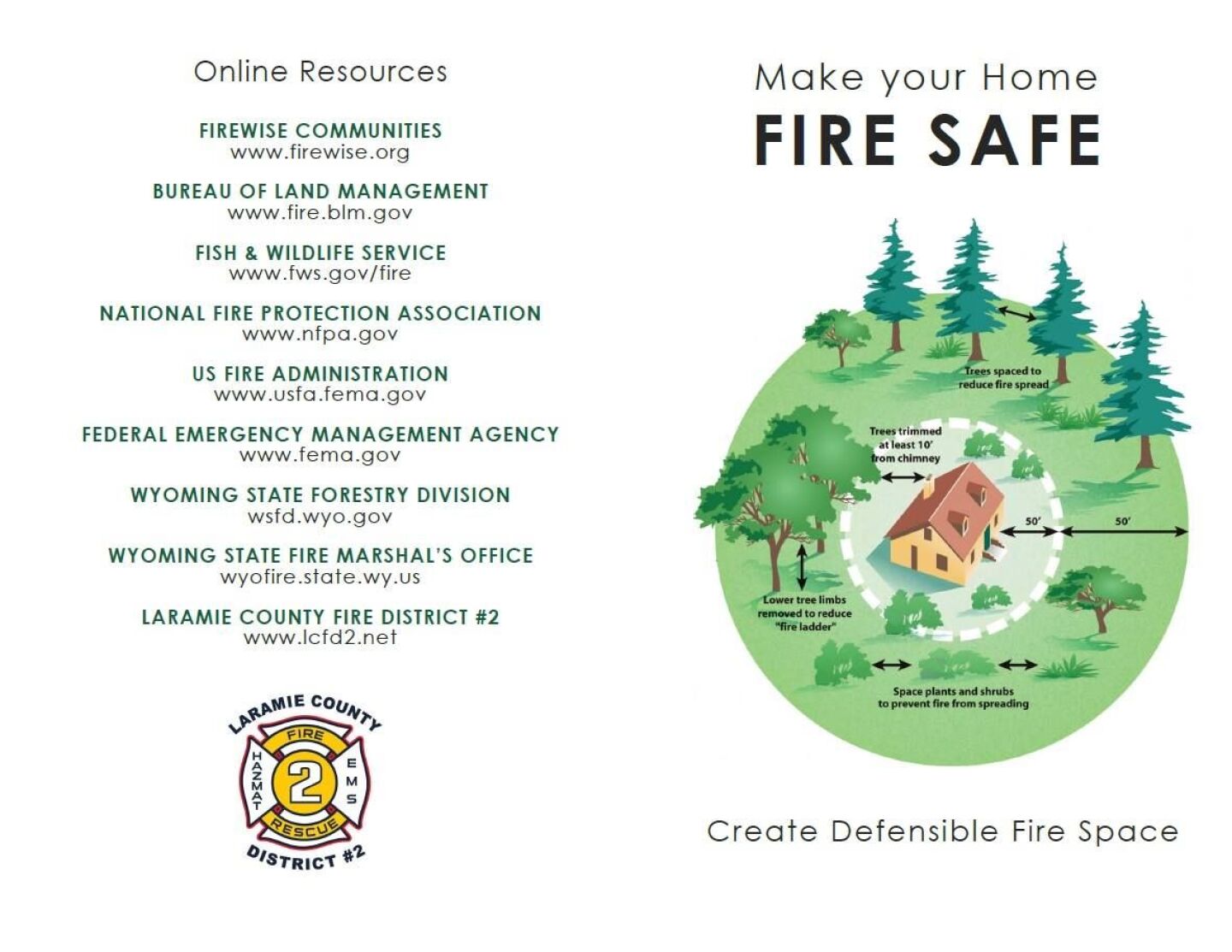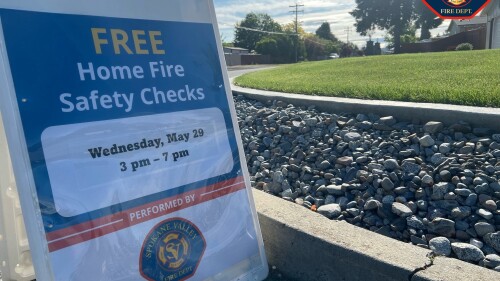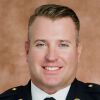“For more than a decade, the loss of property in the United States due to fires has been steadily mounting year by year. During this period, an average of 10,000 persons have been burned to death or have died of burns annually. In the first nine months of this year, fire losses reached the total of nearly half billion dollars, with the prospect that final reports for 1946 will show this year to have been the most disastrous in our history with respect to fire losses.” — Harry S. Truman, Jan. 3, 1947
In 1947, President Harry S. Truman called for a National Conference on Fire Prevention due to the continued increase if loss of life and property from fire. From this conference grew the national fire administration, smoke alarms, even “Sparky” the fire dog, among other innovative programs.
Fast forward 73 years after the National Conference of Fire Prevention, and the American fire service faces new challenges and a renewed focus on serving our communities. We have even redefined fire prevention and education as “community risk reduction” (CRR).
As defined by the Vision 20/20 Report, “CRR is a process to identify and prioritize local risks, followed by the integrated and strategic investment of resources to reduce their occurrence and impact.”
If you have been around the fire service for any amount of time, you know that there is always a “flavor of the month” topic. CRR is the new hot topic, but unlike the usual buzzwords, CRR has the most potential to make the greatest impact on your community and your firefighters’ safety. Think about it: If we educate and prevent fires in our community through an effective CRR, we will limit the risk to our members. Now I know many of you fear the thought of fewer fires. Trust me, we will still be needed, and we will still be valued, but it is our duty to create safer communities and protect our members. We owe it to them to implement effective CRR programs.
5 keys to implementing a CRR program
There are five key elements to implementing a community risk reduction program in a volunteer or combination fire department:
1. Recognize what CRR is – and isn’t
The first step is to recognize that CRR is more than public education or code enforcement. CRR is a process of identifying critical threats that are local to your community and then designing programs to address high-risk neighborhoods or risks.
Traditionally, our approach to fire prevention education has involved hosting open house or attending public events, and handing out fire helmets and coloring books. Although those items are good, CRR is more encompassing and focused.
A good example of a focused approach is the American Red Cross “Sound the Alarm” home safety program. The Red Cross has a goal to install more than 100,000 smoke alarms across the country, and they are doing it through the assistance of local volunteers. The program partners with local fire departments to identify high-risk neighborhoods and the volunteers go door to door checking smoke alarms, installing smoke alarms and conducting home safety education. The Vision 20/20 report has tools to help you identify and focus on your local risks.
2. Identify a CRR program manager
Like all the other programs, there must be a leader. Create a CRR program manager position and then recruit and develop the position. My suggestion is to identify the person who will be creative and make CRR a recognized program in your community.
Some traits that I feel are beneficial for this position:
- Creative
- High energy
- Empowered
- Relationship-builder
- Go-getter
Finding the right person is critical to the success of CRR program. For small departments, this person might not even be a firefighter. They might be a community member who wants to give back to the community but not be a firefighter.
3. Make the CRR program outcome-based
To create an effective CRR program, it has to be focused. Complete a community risk assessment and identify your top three priorities. Once you identify those priorities, then create a pinpoint-focused program that has measurable outcomes. For example, you might identify the action item “sleep with your door closed” as a priority for education. To make this outcome-based, you would identify your target market and then establish a goal of reaching 80% of that market. Once you begin your program, measure the impact quarterly by utilizing data through surveys and fire reporting.
4. Make fire prevention local
One of the most important aspects of a CRR is making it local. CRR is about you and your community. Yes, we can borrow ideas from the neighbors, but it is truly a local issue. Get connected with your community. Make your programs fit your community needs, and make the outcome measurable and impactful on a local level. One of the greatest challenges of today’s fire service is becoming more transparent and open with our community. CRR is our opportunity to truly interact with our community.
5. Engage in fire safety marketing efforts
Marketing is not our specialty. The fire service has never been great at communicating with our communities. However, a successful CRR depends on our ability to connect through marketing with our community. The utilization of radio, TV and newspaper are “traditional” methods for the fire service to communicate. Today we need to utilize newer marketing approaches. Utilize social media – and not just Facebook and Twitter. Create Snapchat screens and YouTube videos, and record podcasts that your community can connect with. Another suggestion: Develop an app for your department in addition to your webpage. Today’s new generations are more likely to click on an app than search a webpage. The key to marketing today is ease and speed. Your message must be easily accessible and short and to the point.
CRR helps expand the “family business”
CRR programs are truly the most important and impactful programs in which we can invest time that will make an immediate and long-term impact on our communities.
For the small volunteer or combination department, CRR should not be neglected; it should be embraced. And for those small departments, it is an opportunity for you to seek participation from your community through members who might not be firefighters.
It is time the fire service becomes proactive instead of reactive. It is time we open our doors and allow the public to truly understand safety and its risks. It is time the fire service to expand our family into the family business. We as members of the fire service pride ourselves on our family, and CRR becomes the family business. The family business is passionate, aggressive, educational, interactive and very involved in the community. Create a family business environment with your CRR program, and you are destined to make an impact on your community.
Harry S. Truman had a vision in 1947 and that vision still stands today. Fire prevention is about education and codes.
Let’s get teaching!
This article, originally published on August 12, 2019, has been updated with a video and additional resources.




